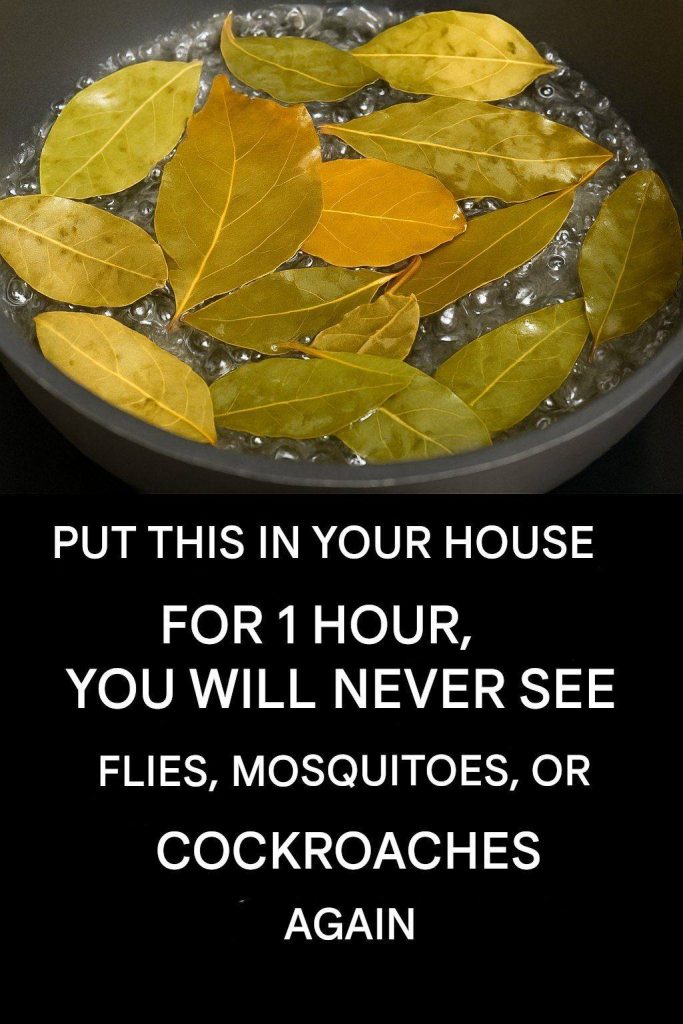
Instructions:
-
Dissolve the sugar and baking powder in hot water. Stir until fully dissolved.
-
Add yeast to the mixture and let it activate (you’ll notice some bubbling).
-
Cut the plastic bottle about a third of the way from the top.
-
Pour the liquid mixture into the bottom half of the bottle.
-
Invert the top piece (like a funnel) and place it inside the bottle opening.
-
Set your mosquito trap in corners, windowsills, or anywhere you notice mosquitoes.
🧪 How it works: The yeast emits carbon dioxide, which attracts mosquitoes into the bottle—where they get trapped and die.
🪳 2. Natural Cockroach & Fly Repellent Spray
Ingredients:
-
15 bay leaves
-
10 cloves (whole)
-
1 cup water
Instructions:
-
In a small pot, combine the bay leaves and cloves with the water.
-
Bring the mixture to a boil and let simmer for about 10 minutes.
-
Allow it to cool, then strain and pour the liquid into a spray bottle.
-
Spray in areas where cockroaches and flies are commonly seen—such as kitchen corners, pantries, under sinks, and bathrooms.
🌿 Why it works: Bay leaves and cloves emit a strong aroma that naturally repels insects without harming pets or people.
🪰 3. Multi-Purpose Natural Insect Spray
Ingredients:
-
½ cup regular shampoo
-
½ cup vegetable oil
-
½ cup white vinegar
Instructions:
-
Mix all ingredients in a bowl until well combined.
-
Pour into a spray bottle and shake before each use.
-
Spray generously around doors, windows, and other entry points or insect-prone areas.
🧴 Pro Tip: This mixture helps coat surfaces, deterring flies and cockroaches from returning.
✅ Final Tips for Best Results
-
Keep it Clean: Regularly clean surfaces and avoid leaving food or crumbs exposed.
-
Eliminate Standing Water: Mosquitoes breed in stagnant water, so empty containers and check drains regularly.
-
Use Consistently: Natural repellents are most effective when used regularly and in combination with good hygiene practices.
🌿 Why Choose Natural Solutions?
Homemade repellents are:
-
Non-toxic
-
Pet- and child-safe
-
Eco-friendly
-
Budget-friendly
They’re an excellent choice for those looking to reduce chemical use in their homes while still maintaining a pest-free environment.